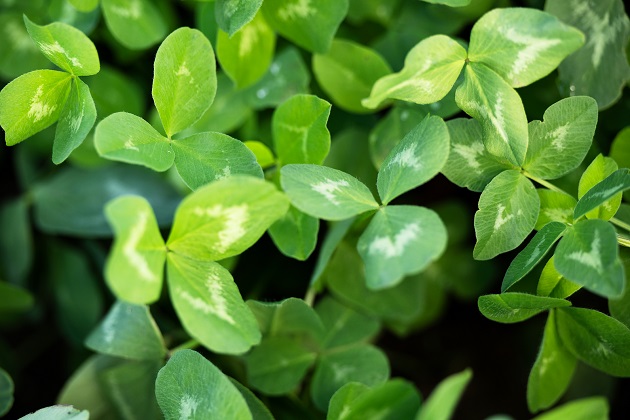Clover - the money saving climate hero
A famous political leader once said: “Never let a good crisis go to waste”. We have been here before. Higher costs on energy and inputs, higher commodity prices and more focus on how we can produce more efficient with less input.

Sometimes, when things come too easily, we might tend to forget choosing the right solutions over the easy ones. But when things get tough and fertilizer and feed cost rises to the sky, a small modest plant is ready to help us feed our livestock or greening our lawns without emptying our wallets: CLOVER!
Clover’s ability to thrive in symbiosis with nitrogen-fixing bacteria is indeed a good example of nature’s wonders. The root nodules are small power factories that convert atmospheric nitrogen gas to protein in the clover plant and nutritious fertilizers to neighboring plants.
Farmers can utilize this gift to increase on-farm protein production instead of expensively bought protein concentrate. AND in a feeding context there is an additional win of growing clovers together with grass: it is what nutritional expert scientists call the ‘clover effect’, which is expressed as a significant increase in fiber digestibility, feed intake, and milk yield. In several cases the presence of clover can even cover up for low-digestible grass that was harvested too late. Read more about the advantages of clover in the European Seeds' Insiders article
